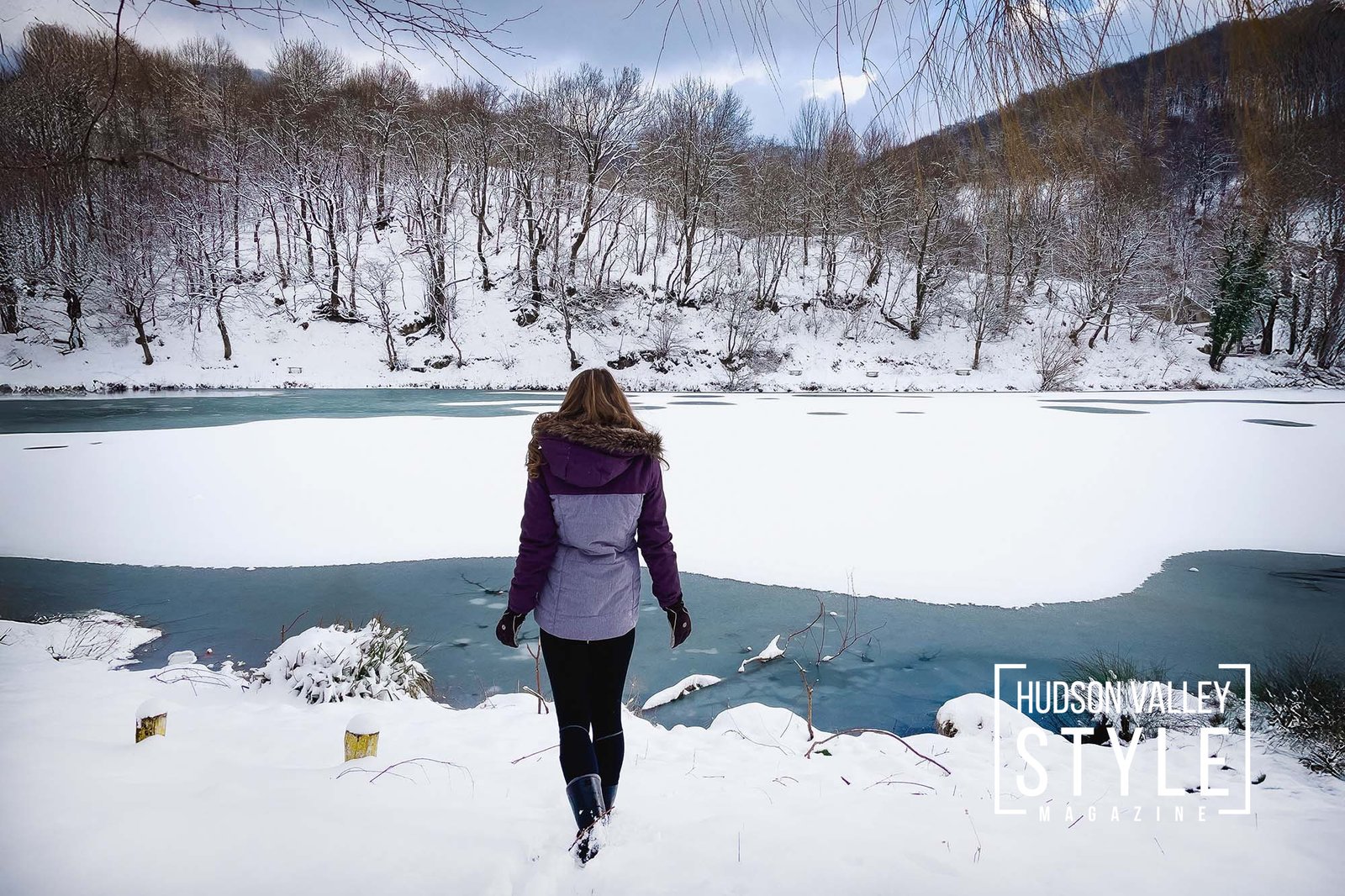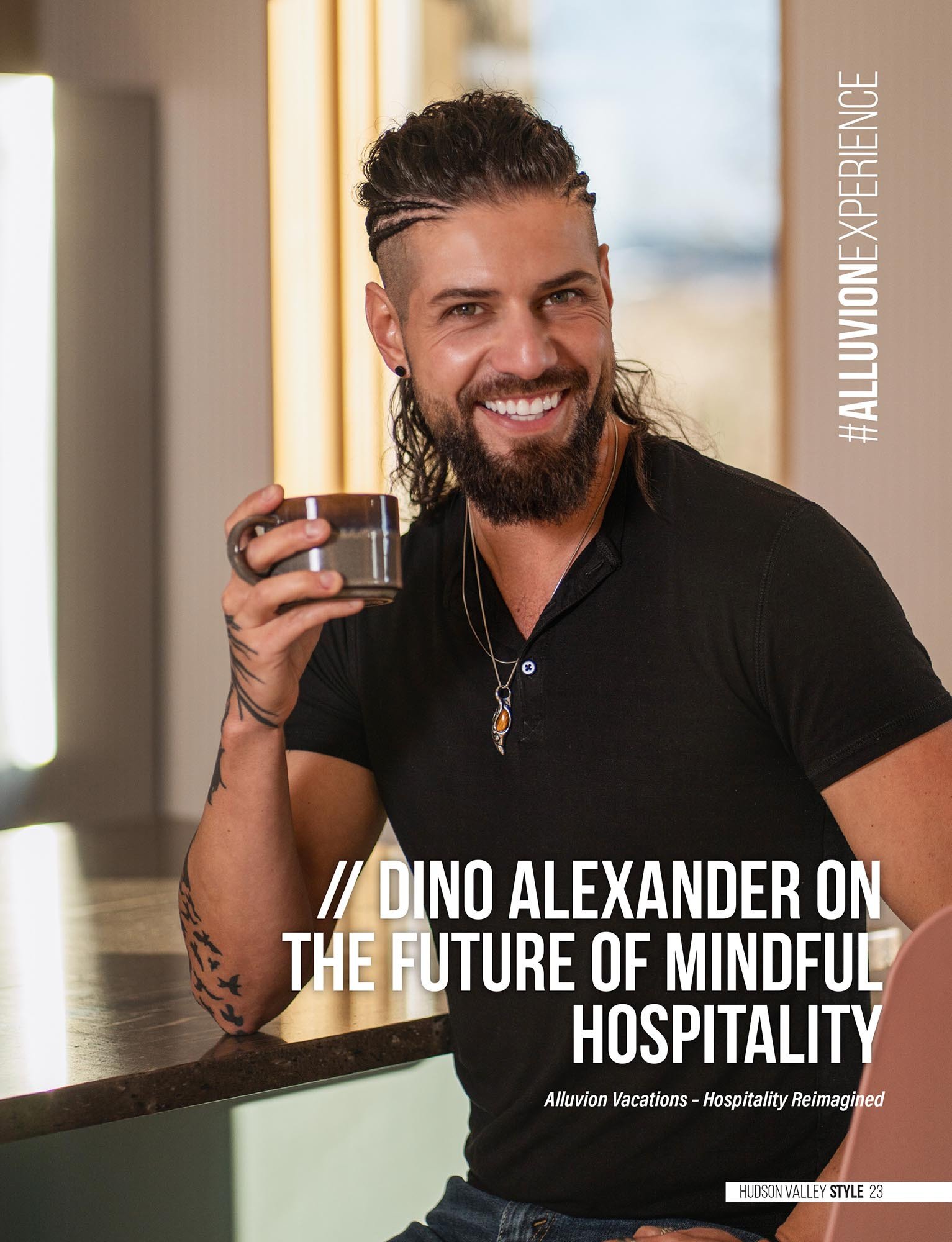The Hudson Valley and Catskills are no longer weekend secrets; they’re economic engines. But the way we measure and support that engine still privileges big-box hotel pipelines over the decentralized, community-first ecosystem powered by short-term rentals (STRs). If the goal is to grow New York tourism that actually feeds New York businesses, then marketing dollars and policy attention must reflect where visitors spend their money—not just where they sleep.
Open the Tap: Short-Term Rentals Are Driving Real Local Spending in the Hudson Valley & Catskills – An Open Letter to Ross D. Levi, Executive Director of Tourism at Empire State Development and Vice President of the I LOVE NY program
– by Maxwell Alexander, MA(FIT)/BFA(SVA), NYS Licensed Real Estate Education Instructor, EIC, Hudson Valley Style Magazine
Start with tax reality. As of March 1, 2025, New York applies state and local sales tax to short-term rental occupancies, aligning STRs with traditional lodging. Platforms and operators are required to collect and remit, just as hotels do. In Dutchess County, for example, Airbnb already collects the county’s 5% hotel occupancy tax at the point of sale. This isn’t a loophole economy; it’s part of the same fiscal framework as hotels. NY State Tax Department+2NY State Tax Department+2

Now look at performance on the ground. During the pandemic’s hardest year for hotels, Dutchess County’s occupancy-tax take from hotels/B&Bs fell roughly 40% (from $2.78M in 2019 to $1.68M in 2020). STRs moved in the opposite direction: their occupancy-tax payments rose 26% (from ~$483k to ~$609k), helping stabilize local revenue when it mattered. That same article notes the practical benefit officials see: STRs diversify lodging, especially in rural corridors without hotels, pushing visitor dollars into nearby businesses. Times Union

Ulster County tells a similar story of STR formalization and growth. After auditing short-term rental taxes and securing a voluntary collection agreement with Airbnb, Ulster’s total occupancy tax collections climbed from $1.53M to $3.57M over five years—a surge concentrated after the agreement and through the pandemic recovery. Translation: when STR activity is properly integrated into the tax system, counties capture meaningful revenue. comptroller.ulstercountyny.gov

Zoom out to regional impact. In 2023, visitor spending reached about $2.5B in the Catskills and grew 7% year over year; Hudson Valley visitor spending rose 8% the same year. Those dollars break across lodging, food & beverage, recreation, retail, and transport—exactly the categories where STR guests behave like locals and spread spending across main streets. Empire State Development+1

Critically, the spend pattern differs by lodging type. Airbnb’s national accounting (yes, from the company, but consistent year to year and directionally relevant) estimates that for every $100 spent on an Airbnb stay, guests spend roughly $264 on other local goods and services, with a significant share occurring in the neighborhoods where they stay. That is a powerful, community-level multiplier, especially in places without full-service hotels. Airbnb Newsroom+1

This dispersion effect matters because hotel brands—often owned by out-of-state corporations or REITs—tend to capture a larger slice of guest spending on-property via in-house restaurants and amenities. The tourism economics literature calls the difference “leakage”: the share of visitor dollars that exits the local economy instead of circulating through it. While leakage varies by destination and product, the research record is clear that ownership and vertical integration increase outflows, whereas decentralized, small-business ecosystems retain more spending locally. The Hudson Valley and Catskills, with their independent restaurants, makers, outfitters, galleries, and farms, are built to benefit from decentralized demand. SAGE Journals+1
Put simply: STRs convert overnight stays into community receipts. They compel grocery runs in Kingston and Phoenicia, dinners in Beacon and Hudson, tastings in Callicoon and Livingston Manor, antiques in Saugerties, guides in Shandaken, and wellness services in Woodstock. The regional tax data shows STRs are now fully within the tax net; the regional spending data shows tourism is growing; and the spending-pattern evidence shows STRs push money outward to independents rather than keeping it captive on hotel property. comptroller.ulstercountyny.gov+2Empire State Development+2

So what should change?
First, rebalance state marketing spend toward channels that actually reach STR travelers and the hyperlocal itineraries they build. The traveler discovering a cedar-sauna farmhouse in Cornwall or a creek-front cabin in Hunter isn’t clicking the same media as a Midtown conference guest booking a brand hotel. Invest in independent, New York–based media with proven reach into this travel segment and a track record of converting inspiration into local bookings and local receipts.
Second, treat STR-driven travel as a core pillar, not an afterthought. The state has already modernized tax treatment; now align promotion with that reality—especially in regions where STR inventory fills genuine lodging gaps and extends stays deeper into shoulder seasons. Counties are moving to harmonize occupancy taxes across hotels and STRs; state marketing should mirror that integration instead of defaulting to big-box pipelines. New York State Association of Counties

Third, measure what matters. Don’t just tally room-night taxes; track downstream restaurant, retail, and recreation spending associated with STR stays. We already know Catskills and Hudson Valley visitor spending is climbing; the next step is to attribute more precisely by lodging type so public dollars can follow the highest local multiplier. Empire State Development+1
New York has the story right in front of it: modern travelers want kitchens, neighborhoods, nature, and community—exactly what STRs deliver in the Hudson Valley and Catskills. The tax code has caught up. The visitors are here. The local businesses are ready. It’s time for I LOVE NY to fund and amplify the channels that feed New York first.





